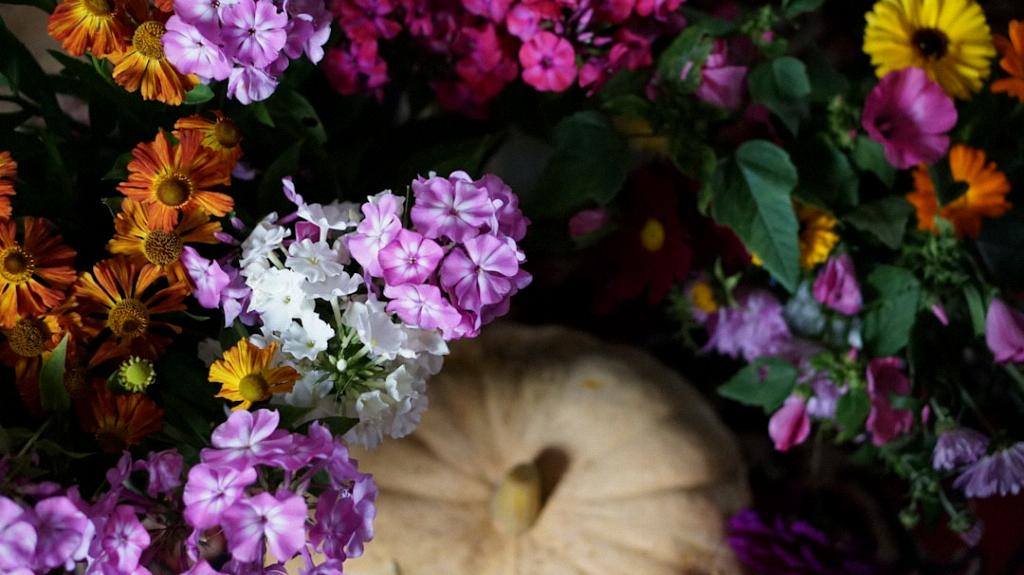Transplanting and dividing phlox can be a beneficial practice for maintaining the health and vitality of your plants. Most phlox varieties require division every two to four years, especially if they are thriving and growing vigorously. By dividing and transplanting your phlox, you can help ensure optimal growth and flowering performance.
The ideal time to divide and transplant phlox is in the spring, typically before new growth begins. Spring is a time of renewal in the garden, and by transplanting phlox during this season, you give them the best chance to establish themselves in their new location and thrive throughout the growing season.
Spring offers favorable conditions for transplanting phlox, as the soil is beginning to warm up, and the plants are emerging from dormancy. This timing allows the roots of the phlox to adjust and acclimate to their new surroundings, promoting healthy growth and development.
Dividing and transplanting phlox in the spring also aligns with the natural growth cycle of the plants. By carrying out this process before new growth commences, you minimize the disruption to the plants and ensure they have ample time to establish themselves before the demands of the blooming season.
Timing is crucial when it comes to transplanting phlox, as performing this task at the wrong time can negatively impact the plants’ health and flowering performance. Spring’s mild temperatures and increasing daylight provide an optimal environment for phlox to recover from transplant shock and resume growth.
Transplanting phlox in the spring allows the plants to benefit from the season’s ample rainfall and moderate temperatures. These conditions support root establishment and help reduce the stress on the plants, enabling them to transition smoothly to their new location.
While spring is the preferred time for transplanting phlox, it’s essential to monitor the weather and soil conditions before proceeding with the task. Avoid transplanting phlox during excessively wet or dry periods, as these conditions can hinder the plants’ ability to adjust and establish themselves in their new growing site.
By waiting until spring to transplant phlox, you give the plants the best chance to recover from the shock of being moved and divided. This approach supports the plants’ overall health and vigor, ensuring they have the strength to produce abundant blooms and thrive throughout the growing season.
Early spring is an ideal time to divide and transplant phlox, as the plants are just beginning to emerge from dormancy and can adapt quickly to their new location. This timing sets the stage for a successful growing season and promotes robust growth and flowering in your phlox plants.
As you consider when to transplant phlox, keep in mind that spring provides optimal conditions for this task. By timing your transplanting efforts correctly, you can support the health and vitality of your phlox plants, setting them up for success in the upcoming growing season.
In conclusion, the best time to transplant phlox is in the spring, before new growth begins. This timing aligns with the plants’ natural growth cycle, provides favorable conditions for root establishment, and minimizes stress on the plants. By choosing to transplant your phlox in the spring, you can support their overall health and ensure they thrive and bloom abundantly throughout the season.

